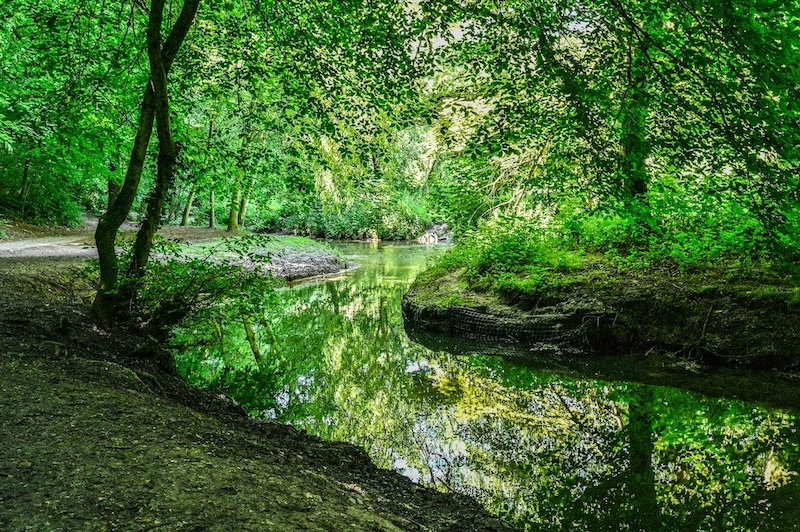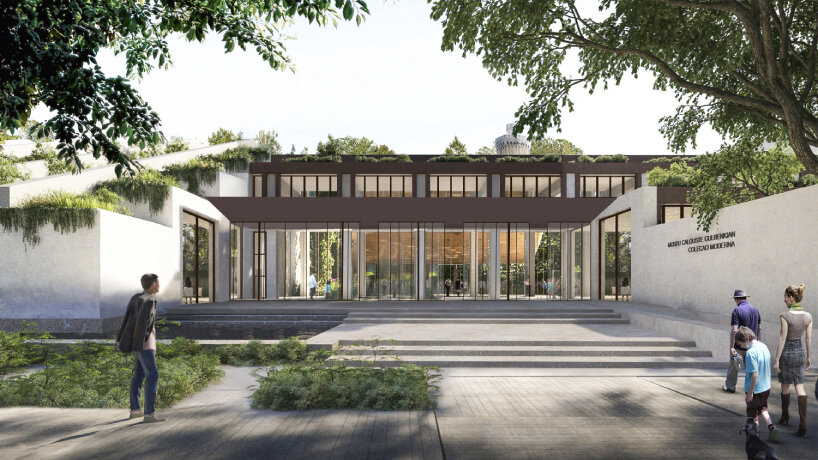Considered privileged locations, coastal areas are rich in diversity of natural resources, factors that determine a high concentration of economic activities and population. This excessive concentration, places these areas in a situation of danger and vulnerability, facing several problems that are important to know.

The Ria de Aveiro is a phenomenal coastal area that I invite you to discover, sailing smoothly on board of a traditional moliceiro. It is a fascinating area, from the lush buildings of the Aveiro city, to the traditional houses of Costa Nova, in the municipality of Ílhavo. The houses, known worldwide as haystacks with colored stripes, implanted between the river and the sea, were once used as warehouses for fishing implements and are currently accommodation for tourists.

But this region surprises mainly for the incredible biodiversity that inhabits the ecosystem of the estuary, for the Nature Reserve of the Dunes of São Jacinto that proves to be a mandatory destination for nature lovers and for the maze of trails that cross small forests, lagoons and sands. Here you can see an abundance of aquatic birds in their natural habitat.
In the estuary, the hydrographic complex is also a promoter of landscape quality, given that there are several river beaches, waterfalls and lagoons, which enhance tourism in the region. In addition, numerous natural habitats have been identified and are the home of a large number of species in this lagoon system. For this reason, this estuary was classified as a Special Protection Area in the Natura 2000 Network, being the largest wetland and the most important in northern Portugal, functioning as a breeding and feeding area for several species of birds.
1. Sustainability Problems Common to Coastal Zones
The biological characteristic of the Ria de Aveiro is one of the most significant on the coast of Portugal, constituting a unique landscape with a potential that includes the port platform, fishing, aquaculture, salt pans, among others.
But, like other coastal areas, it suffers some problems that have been analyzed over the years. The coastal erosion, the destruction of habitats and the consequent loss of biodiversity, the contamination of soil and water resources, the tourist and urban overload and sometimes the destruction of the heritage stands out.
Coastal areas, being economically attractive areas, generate intense conflicts of interest and profound environmental impacts, so, to optimize the sustainability of these places, it is imperative to create strategies that integrate environmental and socio-economic aspects for a better management of existing activities and reduction of costs, problems that arise.
To give an example, the Ria de Aveiro is characterized by two dune cords from Ovar to Mira, separated only by the artificial pier Barra da Ria de Aveiro. This cord is unstable and subject to strong erosion in almost all its extensions. In some areas, vegetation allows the dunes to settle, thus reducing their instability, but not all problems are easy to solve to achieve the desirable sustainability.

Resources such as coral reefs, mangrove forests, beaches and the aforementioned dune systems, serve as natural defenses against storms, floods and erosion, and if they are damaged, we all are, so we must preserve them. The Ria de Aveiro is made up of small islands that are also imperative to preserve. Among them, there is a labyrinth of canals, the main one crossing the city.
2. Strategies for Sustainable Development
Human occupation and action on nature in this region, like other coastal regions, must be controlled. Taking into account the European Strategy for Sustainable Development, reviewed at the 2006 European Council, a National Strategy for Sustainable Development was drawn up the plan to make Portugal one of the most competitive countries in the European Union in terms of environmental quality.

The idea was to respond to challenges such as climate change, sustainable transport and conservation and management of natural resources. And, if at the time it was necessary to invest in the qualification of the Portuguese people as a support for competitiveness, in the preparation of companies, in internationalization and in an efficient management of resources, fourteen years later, much remains undone, especially in resource management, each is extremely necessary for the survival of all ecosystems.
3. Ecosystems
Ecosystems moderate the impacts of land-based pollution, for example, salt marshes absorb excess human waste. This warns us that economic and social development and human survival are at stake if the limits of ecosystems are crossed, as has been the case.
The Ria de Aveiro, like other coastal areas, attracts a large number of people, attracted by ecosystems, which also offer the possibility of observing a large number of marine species, nesting areas, ocean resources, maritime transport and leisure activities.

The excess of people in some areas is a major problem and there is no recipe for achieving sustainable development, but the way it works, depends on each one of us and each country. The only consensus is that the transition to a more sustainable society requires new ways of meeting the needs of the population.
The objective is to reduce consumption and environmental damage, without reducing the quality of life and viable measures in socioeconomic terms.
4. Future
The improvement of humankind living conditions including for future generations, and with decent levels of social well-being, is through equitable preservation of resources and will depend on the correct use of resources globally.
The objective and main challenge is to change social behaviors. Economic progress must not jeopardize the quality of life of populations and natural resources, otherwise we will exhaust what we most need to live.

At a cultural level, Aveiro was internationally recognized as the city-museum of Art Nouveau in Portugal, where art comes to life in the city’s buildings such as the House of Major Pessoa and the Ovos Moles Building. If you want to continue to be able to explore places like Aveiro, considered one of the best cities in the Center of Portugal, and to know the unique ecosystem of its estuary, respect the environment.
Be conscious of your impact.













